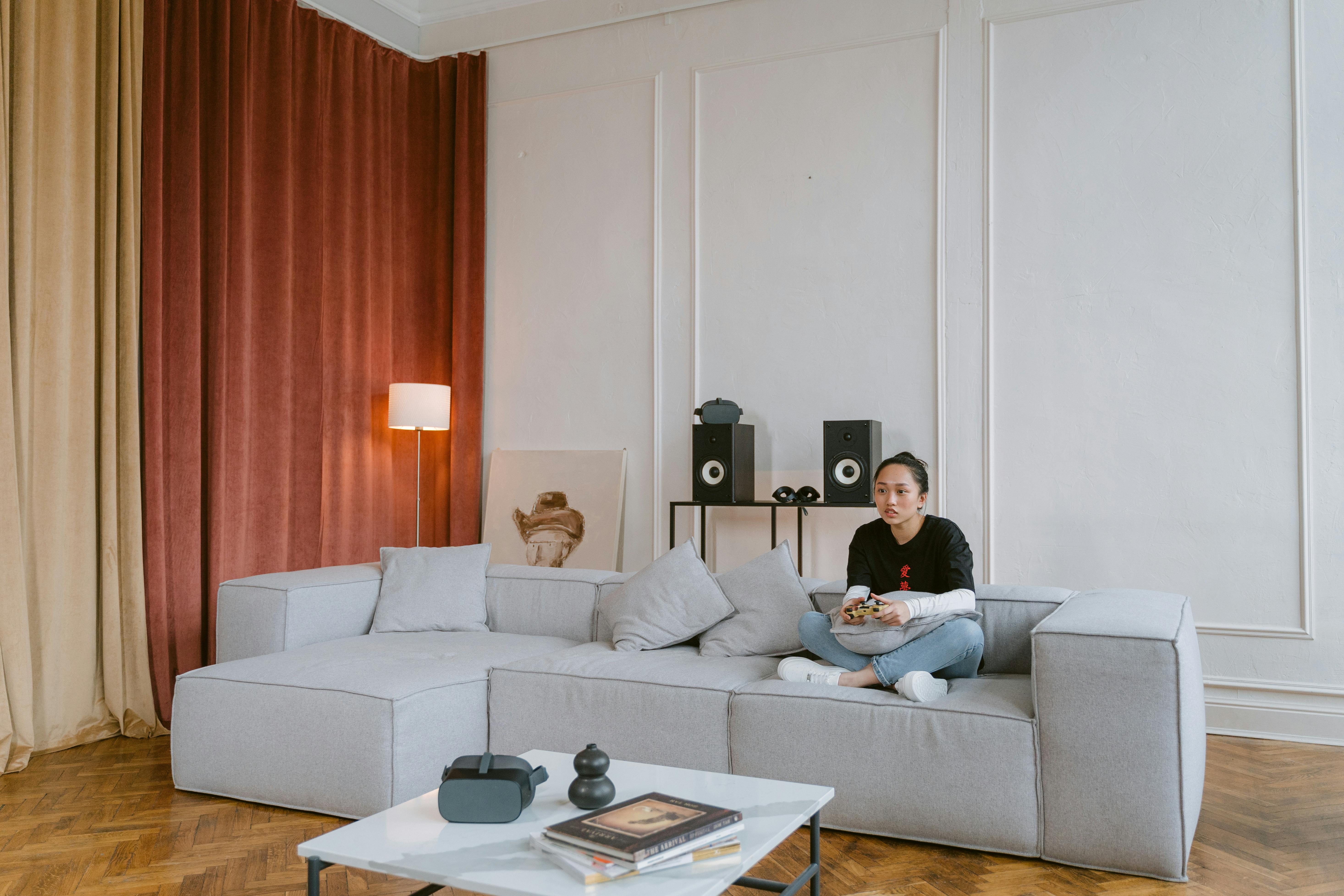
Haidong Gumdo – Korean Sword Martial Art – Introduction and Comparison
It’s time to set the record straight about Haidong Gumdo. For those unfamiliar with this, Haidong Gumdo is a Korean martial art centered around the use of swords. The visual aesthetic is familiar to most Americans and will remind you of one of the Japanese samurai due to the shape of the sword and the dress he wears. Haidong Gumdo is about grace. It’s all about precision and power. It is about mastering one’s mind and body in the development of physical ability. It is not, however, imitations or cultural derivations.
The sword
The sword used in the practice of Haidong Gumdo is known by various names, including hwando and jingumwhich is the equivalent of the japanese word glow, or “royal sword”. It is important for those most familiar with the Japanese sword arts to realize that the jingum is not a katana, despite certain superficial similarities. This is largely related to differences in cutting technique. While historical Korean swords come in many shapes and sizes, the modern jingum is easy to distinguish from a Japanese katana by the shape of the point and the method in which the blade is mounted to the handle. Quality jingum usually have a wider point and are mounted with a pin and bolt in the handle.
The uniform
The Haidong Gumdo uniform used by the World Haidong Gumdo Federation is another thing that causes confusion for those more familiar with the Japanese sword arts. This is due to the pants that are worn, which flare outward in a similar way to the Japanese. hakama. However, just like with the sword, there are differences between the Japanese and Korean styles. Japanese hakama are worn outside of the gi (or jacket), while in Haidong Gumdo, the jacket is worn over pants. Since the top of the pants is not visible, they have an elasticated waist, instead of the elaborate ties of the hakama.
Additionally, Haidong Gumdo makes use of a short-sleeved T-shirt. dobak, or uniform. This allows for greater freedom of movement, without worrying about catching your sword in your sleeve. Finally, Haidong Gumdo makes use of colored belts to indicate rank, similar to more familiar arts like Korean taekwondo or Japanese judo.
Relations with “other” sword arts
Unfortunately, the aesthetic similarities between the Korean and Japanese sword arts, coupled with a history of tension between these two peoples, has led to a great deal of misunderstanding and conflict in the martial arts community.
This is not to say anything negative about Japanese sword martial arts! I do not feel the need, for example, to dispute the history or legitimacy of Iaido, which is a modern Japanese sword art as practiced by the Japan Kendo Federation. It’s beautiful and elegant and, I might add, new. The same goes for Haidong Gumdo.
However, the martial arts community continues to be plagued by the tension that has existed between these peoples for quite some time. As American practitioners of these particular arts, we must respect the disciplines chosen by others. That’s not even to begin to mention the negativity that arises from meaningless debates about historical origins, uniform styles, or effectiveness. This type of slander only serves to weaken us in our quest for dominance.
So, let’s take the discussion in a more positive direction. Do you practice any martial art? What do we mean when we use that term?
The meaning of “the way”
I would argue that sports like MMA (“mixed martial arts”) do not fit the definition of martial arts in the traditional sense. The word gumdo translates as “the way of the sword”. “Way” is used here the same as in Taoism. In fact, “Tao” and “Do” are the same character, pronounced differently in different languages. To quote Wikipedia:
“Martial arts are codified systems and traditions of combat practices, practiced for a variety of reasons: self-defense, competition, physical health and fitness, as well as mental, physical, and spiritual development.”
That second sentence is important. An important part of the practice of martial arts is mental, physical and spiritual development. So this would include the various styles of Chinese Kung Fu, Japanese Karate, and Korean Taekwondo, among others. It includes the various ryu of Japanese samurai swordsmanship, and yes, it includes Haidong Gumdo, an indigenous Korean sword art. Sure, nothing develops in a vacuum, and Korea necessarily shows influences related to its geographic location and its interaction with other cultures. But that doesn’t diminish the art or its practitioners.
Conclusion
Haidong Gumdo focuses on multiple aspects of swordsmanship, from drawing and sheathing, to working on forms and posture training, to trying out cutting with a live blade. There is no trick to being able to make these cuts, whether on bamboo or other targets, no stage magic, just years of training and practice. Self-improvement and a constant effort to improve the technique is what makes it work.
Martial artists from all disciplines should be interested in seeing a positive exchange of ideas. Show me some of your own martial arts practice and let’s compare. Anyone in the area is also welcome to visit my studio, Blue Mountain Martial Arts, to see my swordwork first hand. See http://www.BlueMountainMA.com for more information.